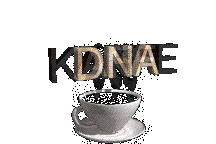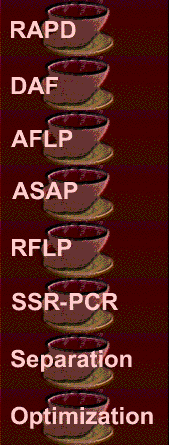Ethidium bromide
Ethidium bromide is mutagenic and should be handled with appropriate care. Gloves should be worn at all times. Materials Safety Data Sheets (MSDS), available from the reagent supplier, should be consulted as to its proper handling and disposal.
Acrylamide
Acrylamide is a potent neurotoxin. Wear a mask when handling the chemical to avoid breathing airborne crystals. Handle solutions with care and dispose of them appropriately. Consult Materials Safety Data Sheets (MSDS) available from the reagent supplier.
Formamide
Formamide is a harmful teratogenic chemical. Handle the chemical in a fume hood. Consult Materials Safety Data Sheets (MSDS) available from the reagent supplier.
UV light
UV-protective face shield and protective gloves should be worn when viewing ethidium bromide stained gels.
Radioactivity
Radioactive labeling should be carried out in a separate laboratory area approved for that purpose. Protect from radiation by using appropriate shielding (e.g., at least 1 cm thick plexiglass). Wear gloves and use a hand monitor to check for radioactive contamination. Routine wipe tests are recommended in the overall working area. Dispose of radioactive waste according to local regulations.
GOOD PRACTICE
Pipetting accuracy
Avoid introducing error when pipetting small volumes, especially below 3 µL when using standard pipettors. Moreover, many multi-channel pipettors are not accurate below 5 µL. Therefore, it is best to dilute stock solutions to a concentration that would allow pipetting of 5 µL or more. This is especially significant when setting a large number of reactions. In this setting, visual confirmation of each pipetting step is impractical. Also remember that pipettes require regular servicing.
Control of PCR contamination
Maintain a nucleic acid-free clean environment in which the only DNA that enters the PCR reaction is the template added by the investigator (Dieffenbach and Dveksler 1993, Dragon 1993). While some techniques can be considered contamination-insensitive (e.g. DAF, AFLP, RAPD; as long as more than 0.1 ng/µl template DNA is used and no isolation and cloning of amplification products is done in the area), always control PCR contamination by having separating pre-amplification and post-amplification areas either physically or by working in contained environments (Dieffenbach and Dveksler 1993). Sterilize bench areas routinely with ultraviolet (UV) light. UV light reduces contamination by several orders of magnitude but is less effective with DNA fragments shorter than 300 bp (Sarkar and Sommer 1990, 1991). Therefore expose bench and materials to prolongued UV doses.
Sample preparation and re-amplification reagents should be rendered free from nucleic acid contamination. Handle reagents and manage the laboratory bench much as described by Dragon (1993). Gloves should be worn during sample and reagent preparation, setting up of amplification reactions, and retrieving amplified samples for analysis. Use sterile double-distilled water in all operations. All reagents should be prepared in large volumes, aliquoted, and if possible maintained frozen at -20C. This will guarantee reagent consistency and a decrease of contamination. If possible, use aerosol barrier pipette tips or positive-displacement pipettes for sample preparation reagents and try to maintain a set of dedicated pipettes for pre- and post-amplification activities. Always use sterilized pipette tips and disposable sterile bottles or tubes.
![]()

